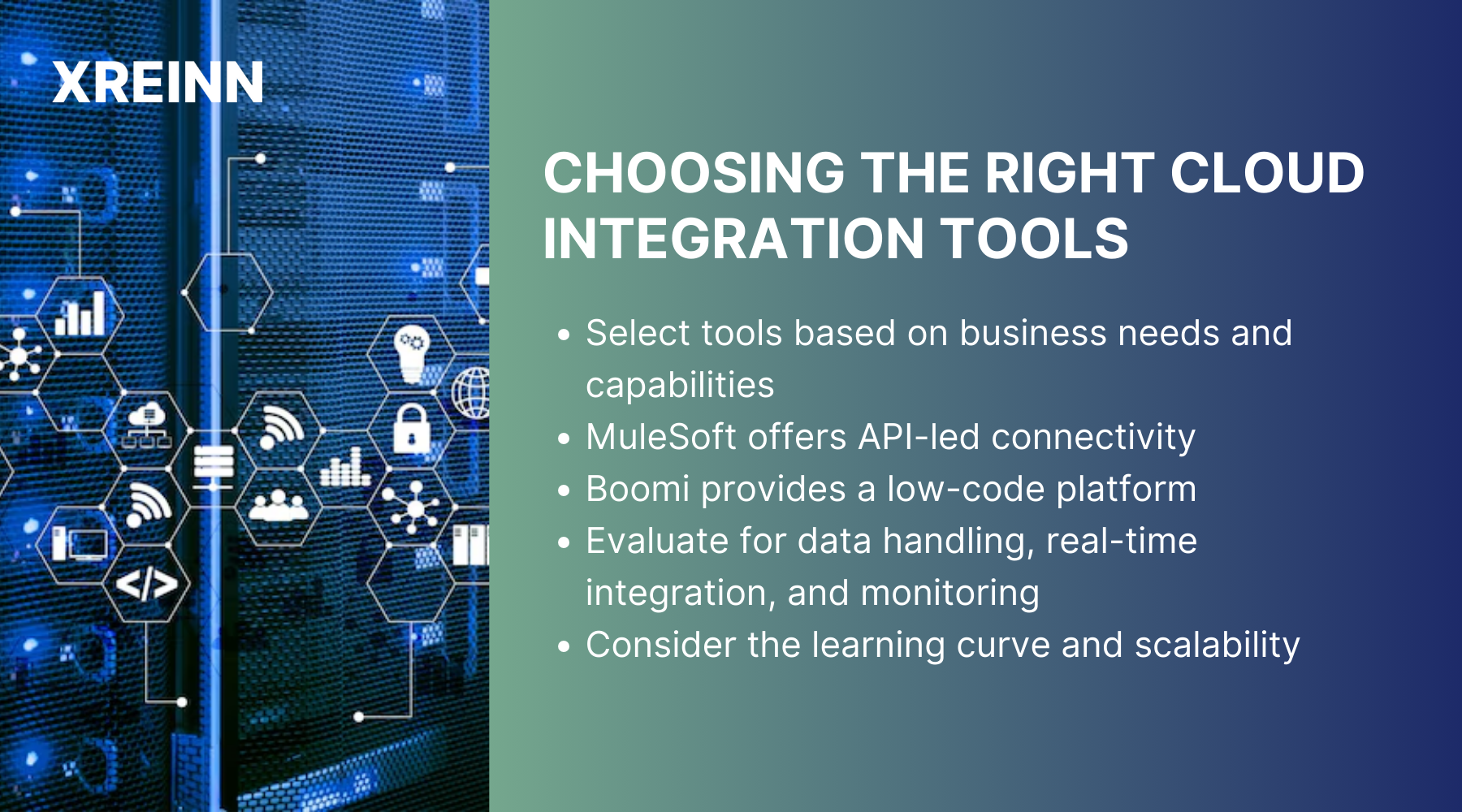Data Integration
How to Effectively Integrate Data Across Cloud Platforms?
Jul 24, 2024
Mastering data integration across multiple cloud platforms is a complex challenge for enterprises. Handling vast volumes of data daily requires seamless integration while maintaining data integrity, ensuring powerful security, and optimizing workflows. This demands advanced techniques and a deep understanding of each platform's unique characteristics. Without the right strategies, the risks of data breaches and inefficiencies increase.
This guide contains the practical techniques and strategies to simplify cloud data integration, providing expert insights and steps to streamline and strengthen your data management system.
1. Understanding the Complexity of Cloud Data Integration
Integrating data across distinct cloud environments requires a deep understanding of each platform's unique characteristics. Public clouds like AWS, Azure, and Google Cloud offer different services, pricing models, and data handling protocols. Hybrid and private clouds, on the other hand, introduce additional layers of complexity with their specific security and compliance requirements.
To tackle these complexities, you must develop a clear strategy that encompasses data consistency, latency, and bandwidth considerations. Start by mapping out your data flow processes, identifying potential bottlenecks, and planning for redundancy to ensure high availability. A thorough understanding of your cloud service providers' SLAs (Service Level Agreements) and how they impact your integration strategy is also essential.
2. Choosing the Right Cloud Integration Tools

Selecting the appropriate cloud integration tools is the most significant step to the success of your data integration efforts. Your choice should be guided by the specific needs of your business and the capabilities of the tools available.
For instance, MuleSoft offers powerful API-led connectivity, enabling seamless integration across different cloud and on-premises systems. Boomi, with its low-code integration platform, facilitates rapid deployment and scalability.
Evaluate these tools based on their ability to handle your data volumes, support real-time integration, and provide comprehensive monitoring and management features. Consider the learning curve associated with each tool and the level of technical support available. The right tool should not only meet your current requirements but also scale as your data integration needs evolve.
3. Advanced Cloud Data Management Strategies
Effective cloud data management requires more than just storing and processing data; it involves creating a powerful governance framework. Implement data governance policies that define data ownership, access controls, and compliance requirements. This framework should be flexible enough to adapt to the dynamic nature of cloud environments while ensuring data quality and integrity.
Use metadata management to track data lineage and facilitate data discovery. By maintaining detailed records of data transformations and movements, you can quickly identify and resolve issues that arise during integration. Additionally, consider implementing a centralized data catalog that provides a single source of truth for all data assets across your cloud platforms.
4. Implementing Cloud ETL Processes
Cloud ETL (Extract, Transform, Load) processes are the backbone of data integration. To optimize these processes, focus on streamlining each stage. Start with efficient extraction techniques that minimize data transfer times and reduce the impact on source systems. Use parallel processing to speed up data extraction and ensure timely data availability.
For data transformation, employ advanced techniques such as in-memory processing and distributed computing. These methods can significantly improve the performance of your ETL workflows. When loading data into your target systems, prioritize methods that support incremental loading to reduce the load on your infrastructure and ensure data freshness.
5. Use Cloud Connectors for Seamless Integration
Cloud connectors play a complex role in enabling real-time data integration. These connectors use APIs to facilitate seamless communication between different cloud services. Use API-based connectors to integrate applications and data sources without the need for custom coding. This approach not only accelerates integration but also simplifies maintenance and updates.
To maximize the benefits of cloud connectors, ensure they are configured correctly and optimized for performance. Implement advanced monitoring and logging mechanisms to track connector activity and quickly identify any issues. Regularly update and patch connectors to keep them secure and compatible with the latest cloud services.
6. Ensuring Data Security and Compliance
In cloud data integration, ensuring security and compliance is more important than it was before. Protect sensitive information by using advanced encryption techniques for both data at rest and in transit. Take advantage of key management services offered by your cloud platforms to securely handle encryption keys.
Set up strict access controls and identity management policies to ensure that only authorized users can access your data. Also, Improve your security with multi-factor authentication (MFA) and role-based access control (RBAC). Regularly audit your data integration processes to spot and fix any compliance issues promptly.
7. Monitoring and Managing Integrated Cloud Data
Effective monitoring and management are essential for maintaining the performance and reliability of your integrated data systems. Use advanced monitoring tools that provide real-time visibility into your data flows and system performance. Set up automated alerts to notify you of any anomalies or issues.
Create dashboards that consolidate key metrics and provide actionable insights. Use these dashboards to track data integration performance, identify trends, and make the best decisions. Implement automated remediation workflows to quickly address common issues and minimize downtime.
9. Future Trends in Cloud Data Integration
Staying ahead of emerging trends in cloud data integration can help you prepare for the future. Technologies such as AI and machine learning are increasingly being integrated into cloud data management tools, offering advanced capabilities for data analysis and automation. Serverless computing is also gaining importance, providing a scalable and cost-effective solution for running ETL processes.
Keep an eye on developments in cloud-native data integration platforms, which are designed to work seamlessly across multiple cloud environments. These platforms offer improved flexibility and performance, enabling you to integrate data more efficiently.
Conclusion
Integrating data across cloud platforms is a complex but essential task for modern enterprises. By understanding the complexities of different cloud environments, selecting the right integration tools, and implementing advanced data management strategies, you can achieve seamless and efficient data integration.
Focus on optimizing your ETL processes, using cloud connectors, and ensuring data security and compliance to maintain the integrity and performance of your integrated data systems.

Data Analytics
Jun 27, 2024Master key concepts in data analytics with practical tips to enhance decision-making and achieve success in your projects and professional growth

Data Analytics
Jul 01, 2024Learn the essential stages of the data analytics workflow to turn your data into valuable business insights and drive growth.

